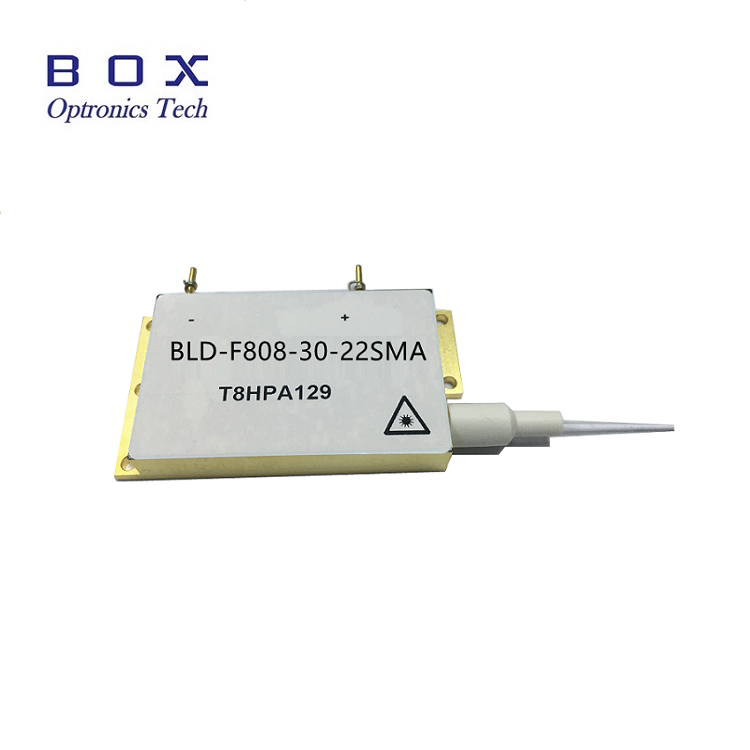Unlocking Efficiency: The Key Advantages of Multimode Fiber Coupled Laser Diodes in Optical Communication Systems
2024-05-14
In the ever-evolving landscape of optical communication systems, efficiency and reliability are paramount. Among the myriad of components and technologies driving this domain forward, multimode fiber coupled laser diodes stand out for their distinct advantages. In this article, we'll explore the key benefits of using multimode fiber coupled laser diodes in optical communication systems and how they contribute to enhancing performance and functionality.
Understanding Multimode Fiber Coupled Laser Diodes:
Multimode fiber coupled laser diodes are laser diodes that are coupled with multimode optical fibers, allowing for the efficient transmission of laser light over relatively short distances. These diodes emit light across a range of modes, enabling them to deliver higher power outputs compared to their single-mode counterparts. This characteristic makes them well-suited for various applications, including optical communication systems.
Advantages of Multimode Fiber Coupled Laser Diodes in Optical Communication Systems:
1. Higher Power Output:
- One of the primary advantages of multimode fiber coupled laser diodes is their ability to deliver higher power outputs. This higher power facilitates longer transmission distances without the need for signal amplification, reducing the complexity and cost of the communication system.
2. Cost-Effectiveness:
- Multimode fiber coupled laser diodes offer a cost-effective solution for optical communication systems, especially in applications where high power is required over short to medium distances. Their efficient coupling with multimode fibers helps minimize signal attenuation and dispersion, resulting in lower overall system costs.
3. Versatility in Wavelength Range:
- Multimode fiber coupled laser diodes operate across a wide wavelength range, providing versatility in optical communication systems. This flexibility allows for compatibility with various types of optical fibers and enables the integration of different wavelengths for multiplexing and wavelength-division multiplexing (WDM) applications.
4. Ease of Integration:
- Integrating multimode fiber coupled laser diodes into optical communication systems is relatively straightforward, thanks to their compatibility with standard multimode fibers and industry-standard interfaces. This ease of integration streamlines the design and deployment process, reducing time-to-market and enhancing system scalability.
5. Reliability and Stability:
- Multimode fiber coupled laser diodes exhibit high reliability and stability, making them suitable for mission-critical applications in optical communication systems. Their robust construction and consistent performance ensure continuous operation even in demanding environments, minimizing downtime and maximizing system uptime.
6. Scalability:
- Optical communication systems often require scalability to accommodate future growth and expansion. Multimode fiber coupled laser diodes offer scalability by enabling easy upgrades and enhancements without significant changes to the existing infrastructure. This scalability future-proofs the communication system and ensures long-term viability.
Conclusion:
Multimode fiber coupled laser diodes play a pivotal role in optimizing the performance and efficiency of optical communication systems. Their higher power output, cost-effectiveness, versatility in wavelength range, ease of integration, reliability, and scalability make them an indispensable component in modern communication networks. By leveraging the key advantages of multimode fiber coupled laser diodes, engineers and researchers can design and deploy optical communication systems that meet the growing demands of the digital age.



